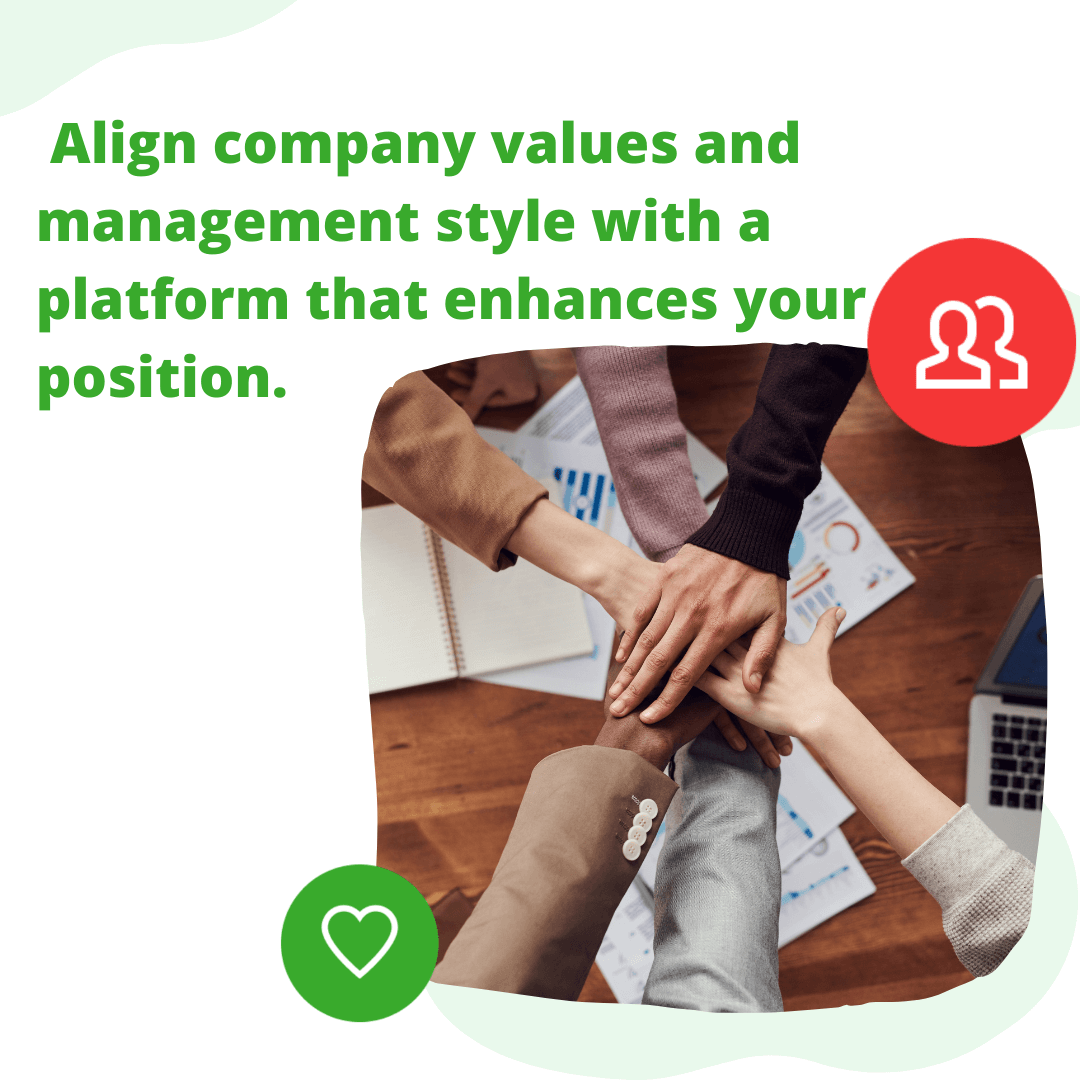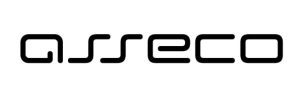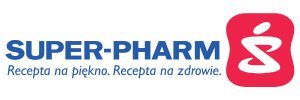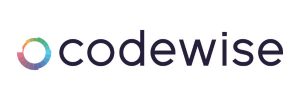So, you’re on the search for an employee engagement tool? Great. This article was created to help YOU find the perfect engagement tool for your team.
The beauty about working in modern-day society is the countless number of tools that make your work experience, ten times better. Nowadays, the perks of a job go further than free coffee and a competitive salary (although, both are very welcome). Instead, employees demand a work environment that aligns with their values, career growth and involves a strong company culture.
Luckily for us, there is no shortage of digital solutions to reinforce company values for remote, hybrid, and cross-functional companies.

To help you find a workplace tool, we will go over:
- Integrations and user experience
- Analytics
- Product base
- Product offer
- Onboarding process
- Data privacy and protection
- Customer success
Research is fundamental. The reason being, that the last thing you want to do is change company tools every two weeks. Instead, tool research will help you find the perfect digital companion to facilitate culture alignment and employee engagement for your company’s needs.
Moreover, the right choice in engagement tool will alleviate time, money, and stress. So be sure to keep your criteria sharp and directed. The advantages of finding the perfect solution will benefit team performance, productivity, engagement and company culture.
When reading this checklist, you should keep in mind your company’s current working situation, future growth goals, and objectives you would like to measure. Moreover, use this guide to help with your next purchase consideration.
Let’s jump into the factors you need to take into account when deciding which digital tool to incorporate in your workplace.
1. Integrations and ease of use

How easy is the user experience on a daily basis? Are there unnecessary additional steps? Does the platform integrate with workplace tools like slack and Microsoft teams?
Moreover, how do you access the engagement platform service? Is it through a web browser? An extension tool? Or simply an app on your phone?
You want to ensure that whatever platform you choose, it doesn’t become a hassle or stress. Instead, it should be intuitive and fun for all users. The better and more appealing the user experience for the employee, the higher the use, and naturally the change in company team dynamics.
That being said, it is also important to keep brand identity and advocacy on the platform. How easy is it for companies to include their brand name, employee information, and values onto the tool? Ensuring that employees enjoy the tool is key for sustainability. Moreover, it should also be a personal experience that can offer many options. As a result, ensure that the tool has easy integrations features, personalized, and intuitive to implement into the company culture dynamics.
2. Analytics
What insights and data does the platform offer?
Although having the tools to appreciate and engage with employees is fundamental. What happens after purchase? Does the platform offer available data on company improvements? The data provided and insights is an important side of any engagement platform.
Are you able to measure the engagement difference? Track progress? Understand the difference, and progress employees feel whilst using the platform. As such, data should be delivered in understandable reports and easy to access.
3. What is the products base?
Although introducing a tool for employee engagement is great, beneficial to the company and employee wellbeing. The question remains, what is the base of the engagement platform? To be more specific; is the platform created by HR professionals, with experience and knowledge of managing people’s performance.
The science and knowledge behind the platform you choose will affect the overall outcome and insights received from an engagement platform. Align your values and belief in management with a platform that believes in the same leadership style.

Therefore, during your research, investigate the concept and research behind the platform. Is the engagement platform offering studies on employee wellbeing and engagement? What papers have they published? Do they collaborate with Subject Matter Experts?
Understanding the expertise behind an engagement platform will give you confidence in the available data and insights.
3. Product offer
What does the platform offer? Is it solely one product offer? Or multiple modules that create a more inclusive package?
A major factor to consider is the ease of use and facility to integrate another tool into your workplace. The end goal is efficiency, and to remove unnecessary tools. Instead, opt for a platform that offers all the engagement tools needed to deliver, analyze and understand the company environment.
Moreover, is the tool planning on introducing new features? Are they constantly working and communicating improvement on the product.

4. Onboarding process.
New tools are always the fun and shiny new toys in a company. However, that fun line can quickly turn stressful when new tools are introduced without any guidance.
When looking for a new platform, ensure you have all the onboarding tools necessary to create a smooth transition.
Does the platform offer guides? tutorial videos? Helplines? How about the demo, were you able to easily navigate and understand the platform?
Bottom line. How confident do you feel about introducing are the platform to your company? Do you know that employees will easily be able to navigate the platform?
5. Data privacy and protection
Data privacy and security are essential. In particular with employee sensitive information. That being said, is the platform constantly checking its privacy standard? Do they take their routine maintenance seriously?
With that being said, does the platform inform its member of new rules, features, maintenace, and downtime?
Make sure you inform yourself of the data and security features the platform offers. As well as the protocols taken to avoid data breaches and privacy protection.

6. Customer success.
If things go South, how easy is it to contact support? Although this isn’t a day-to-day need for the product, customer support is important. That being said, how easy is it to contact technical support. Are the contact options in the platform itself? Or do you have to fill out a form on the website? On top of that, how comfortable and safe do you feel about reaching out knowing that action will be taken?
All these factors must be top of mind when researching which tool best suits your company’s needs. In the long run, it will save you time, money, and productivity. In the short run, it will help with smooth onboarding, integration, and build excitement for the product.
If you are interested in learning more about Nais, the smart appreciation tool designed by HR professionals and reinforced with data, then please check out our demo. Our team will be happy to answer any questions and guide you through the process.













